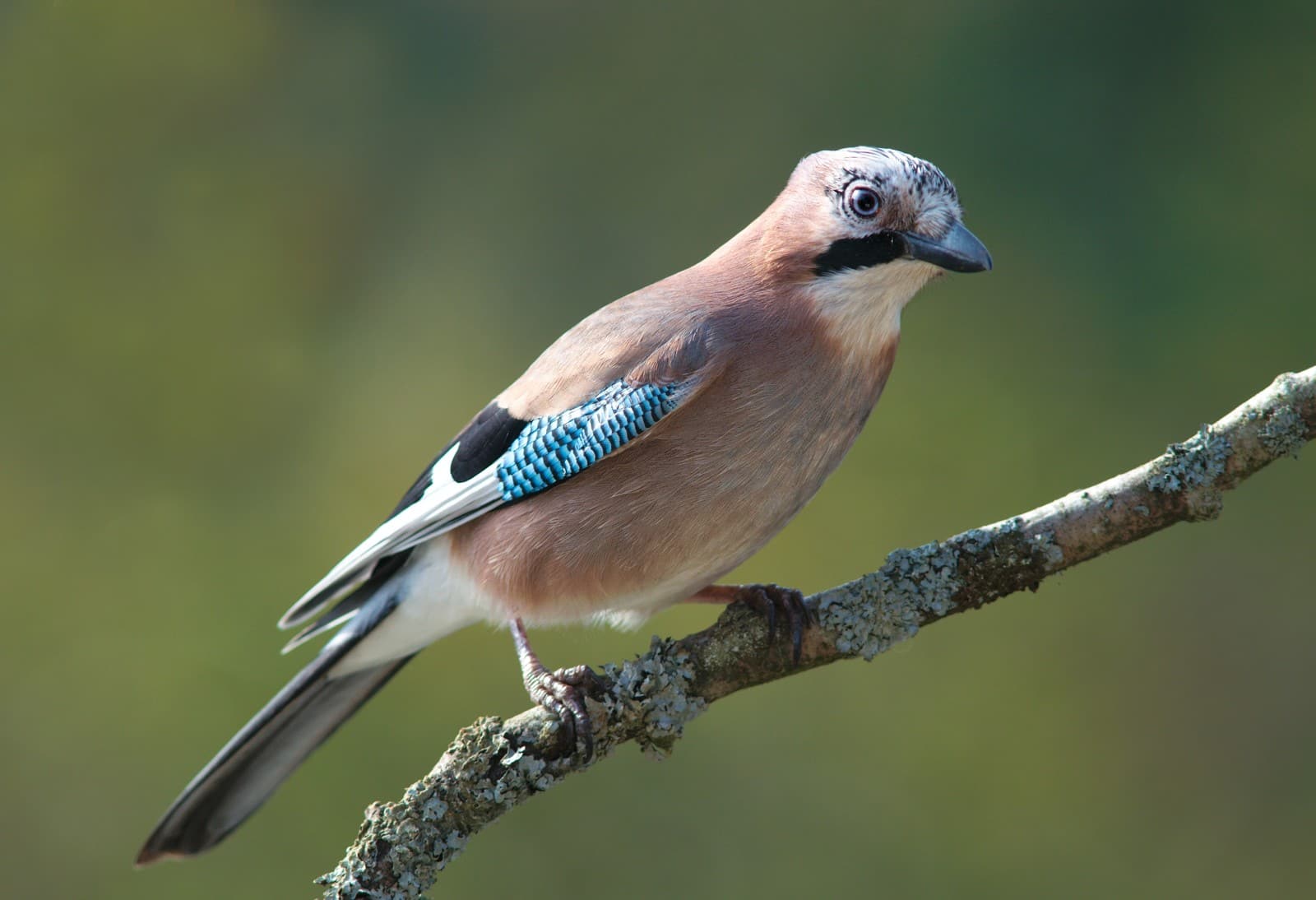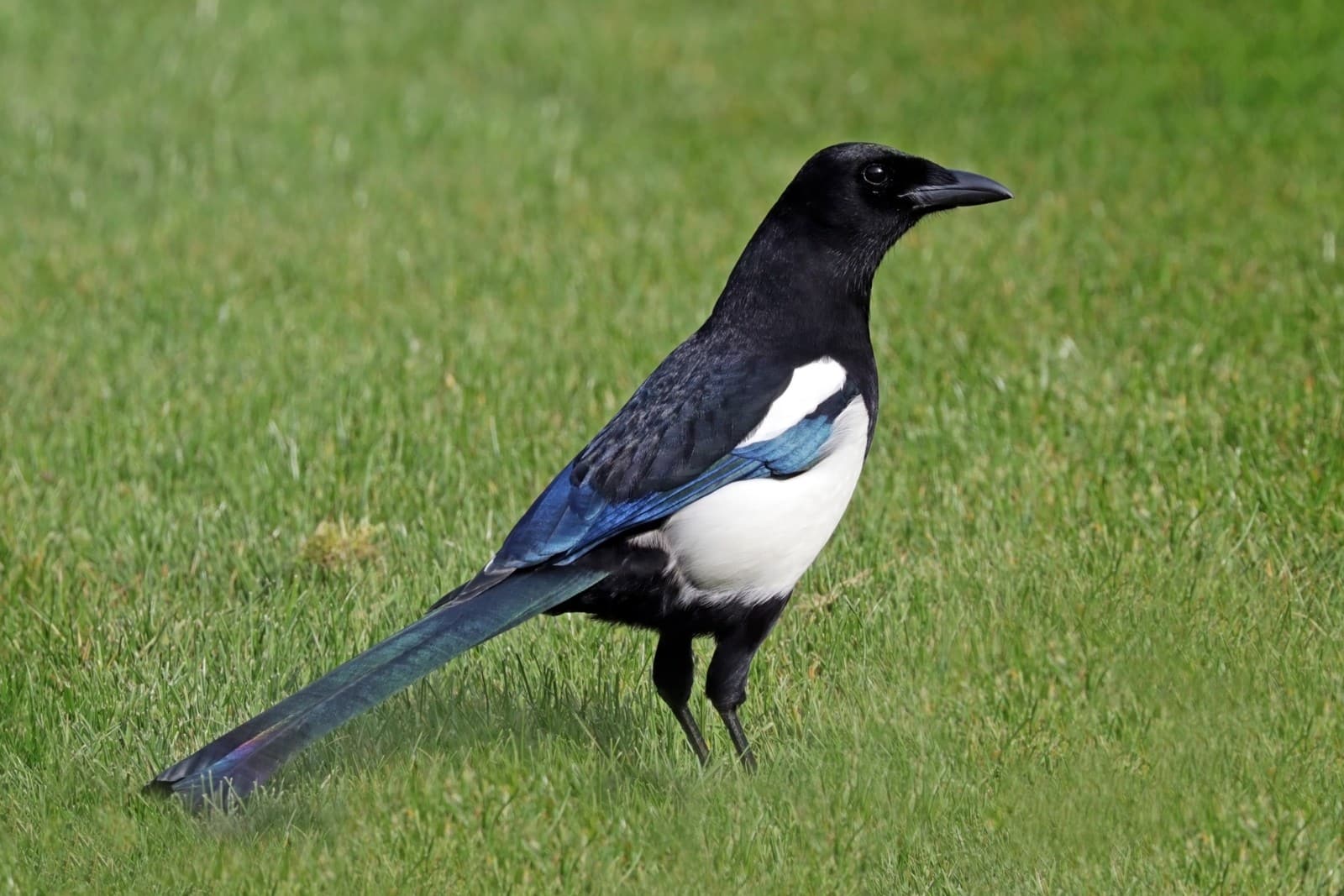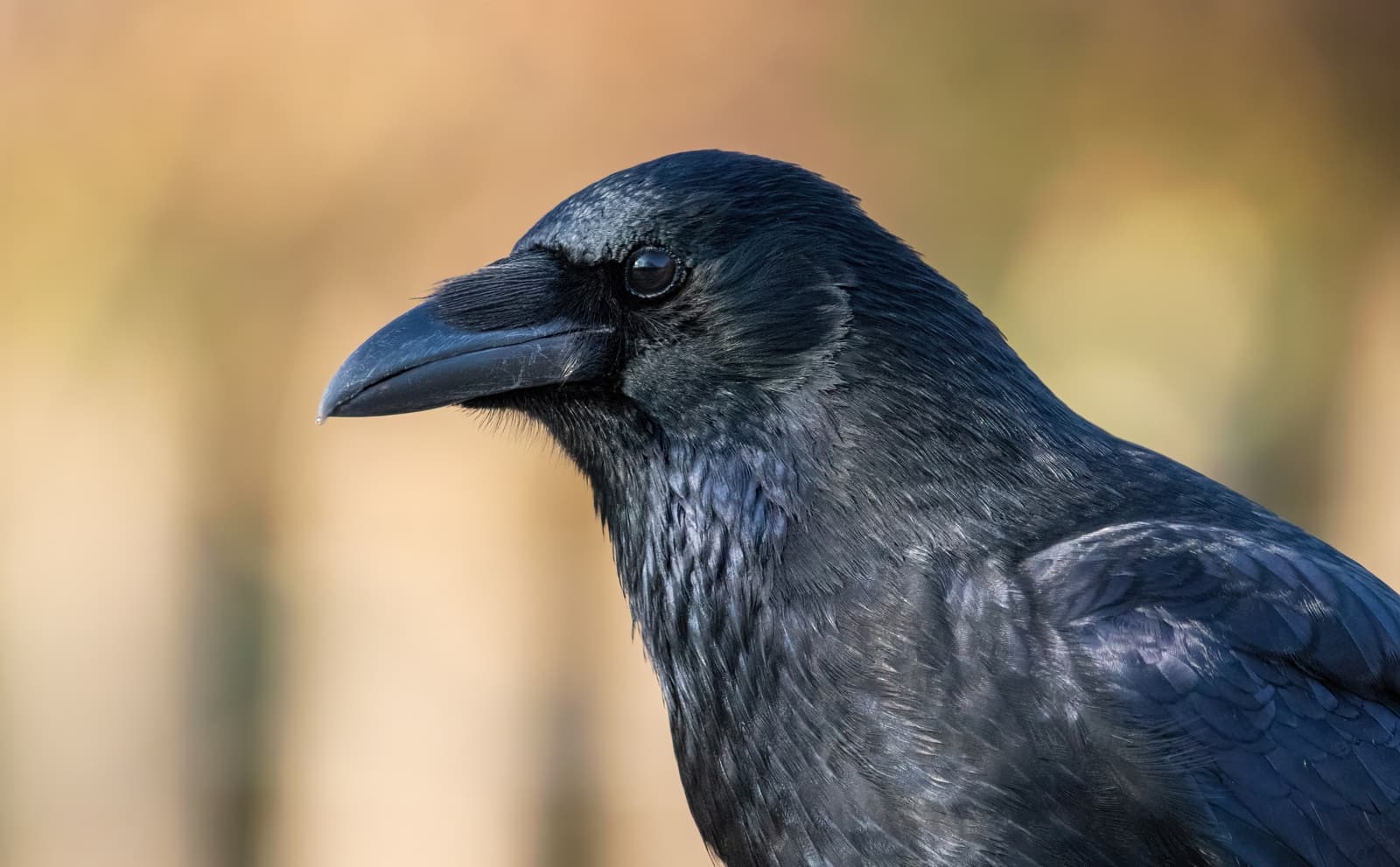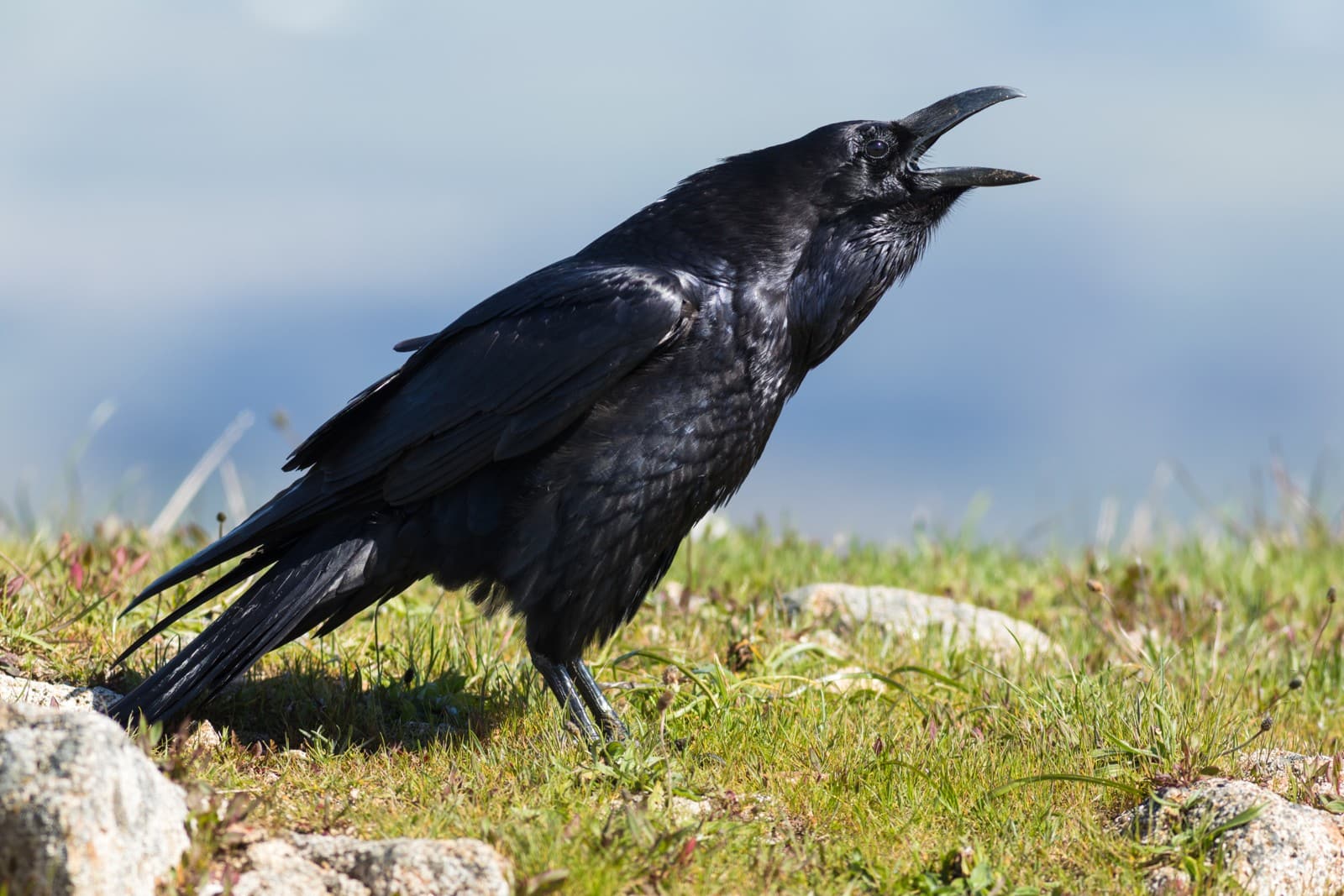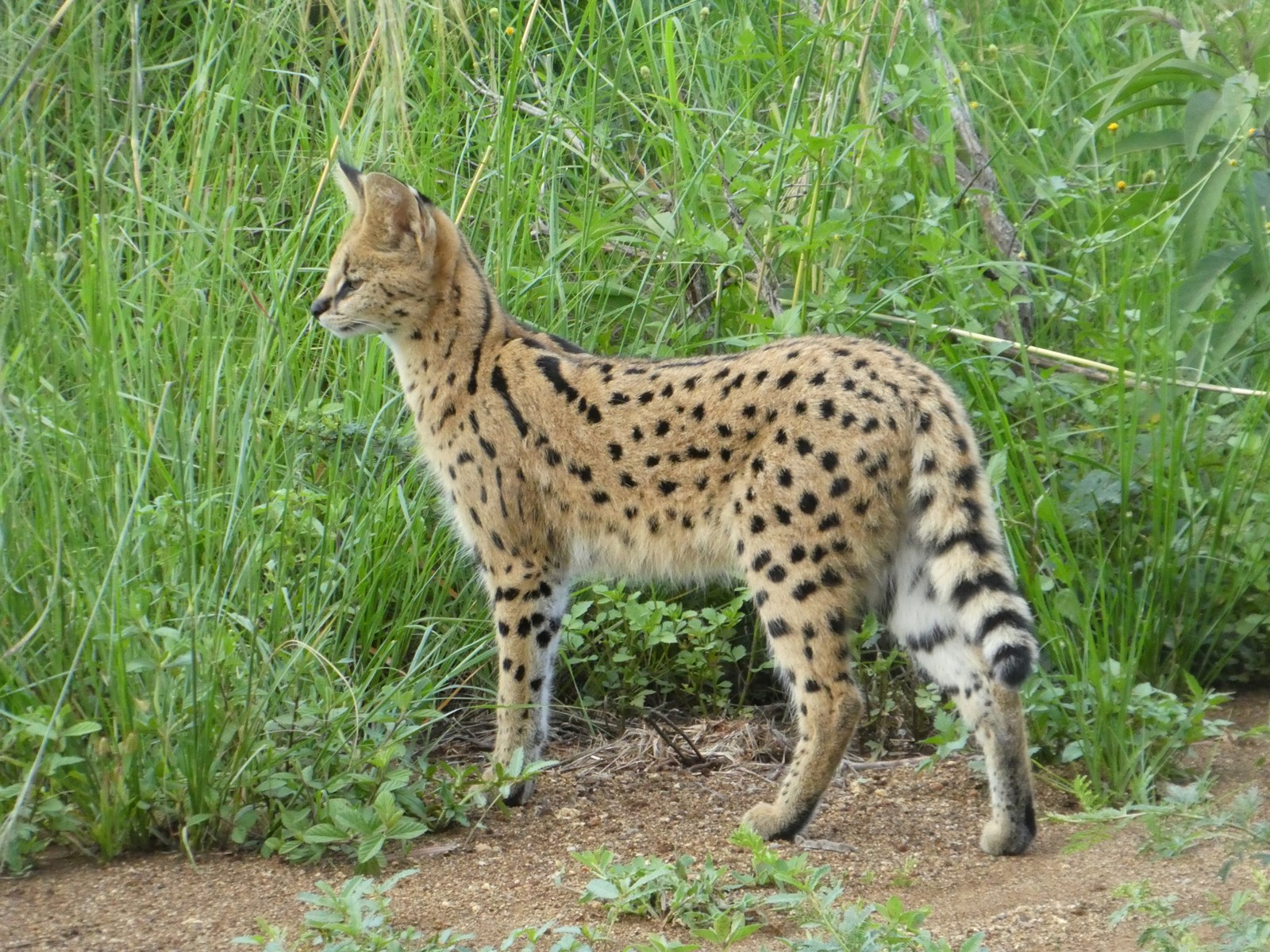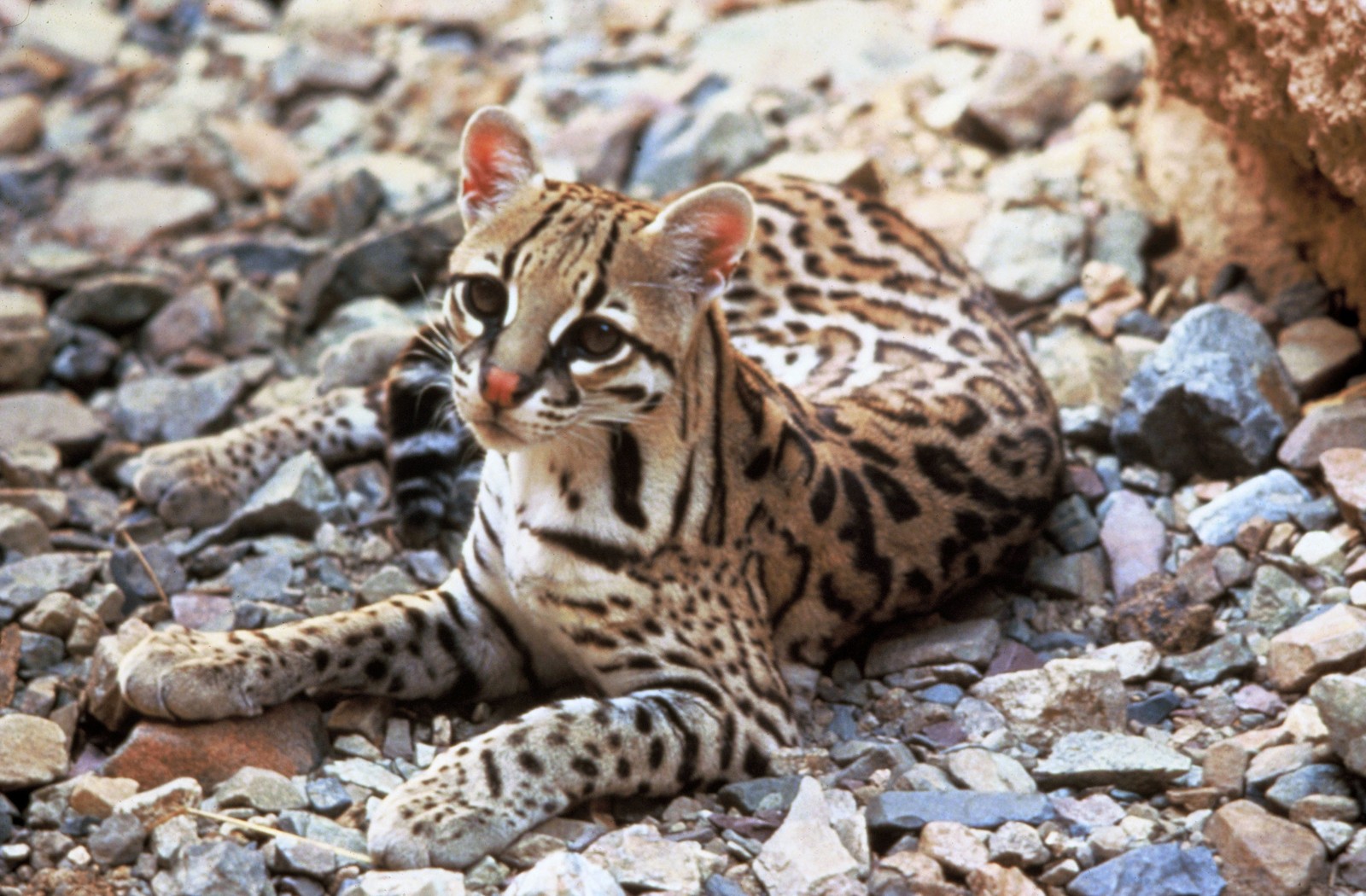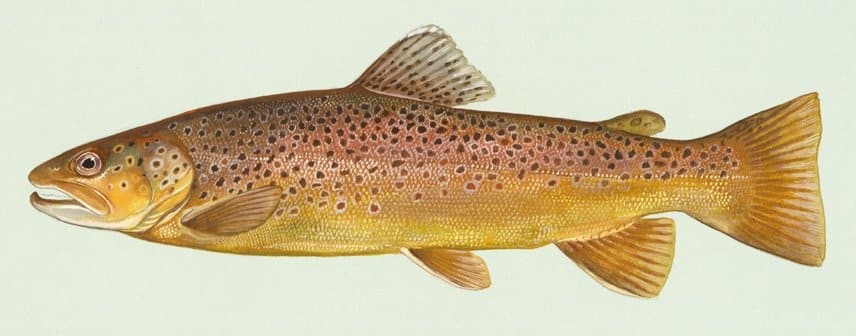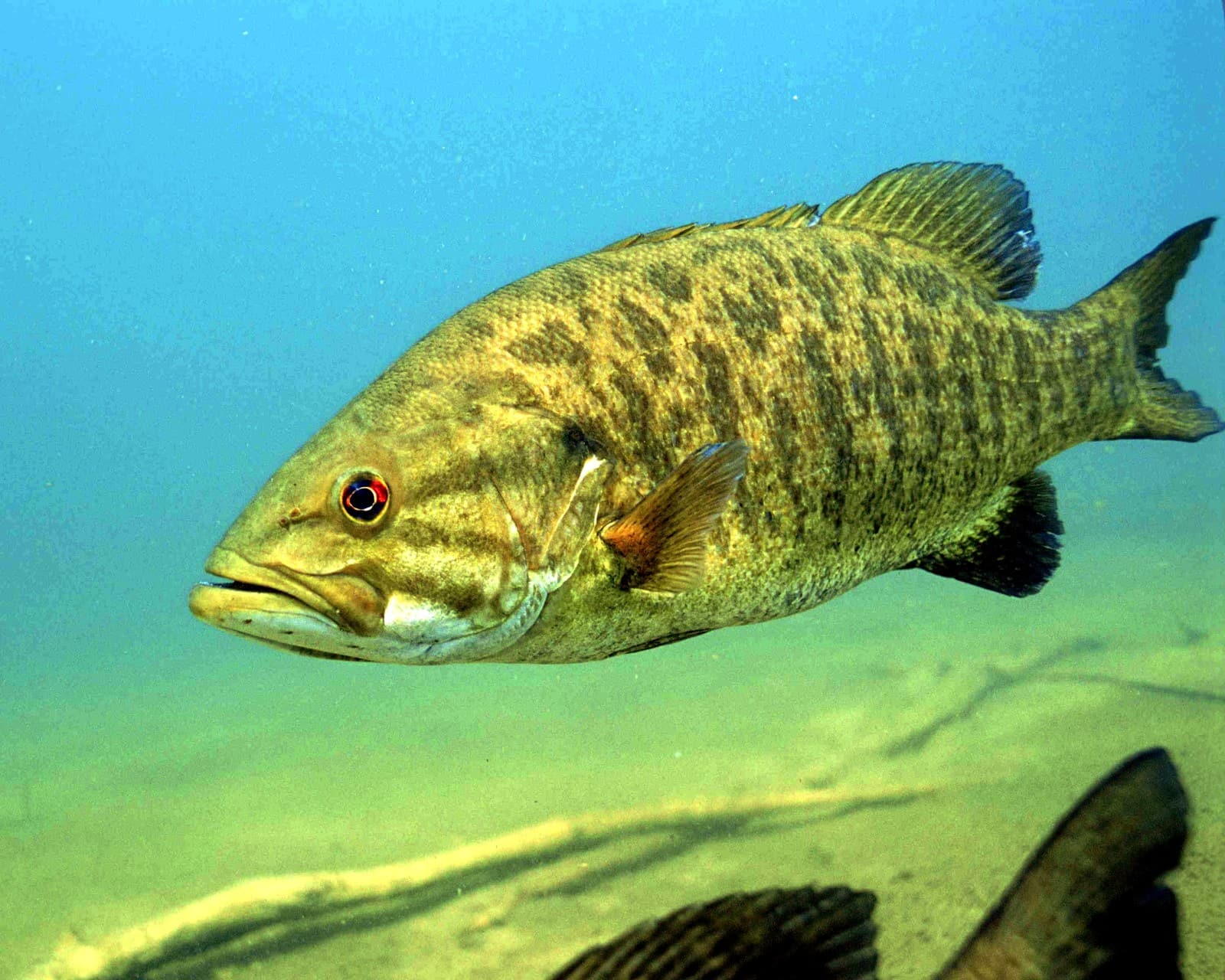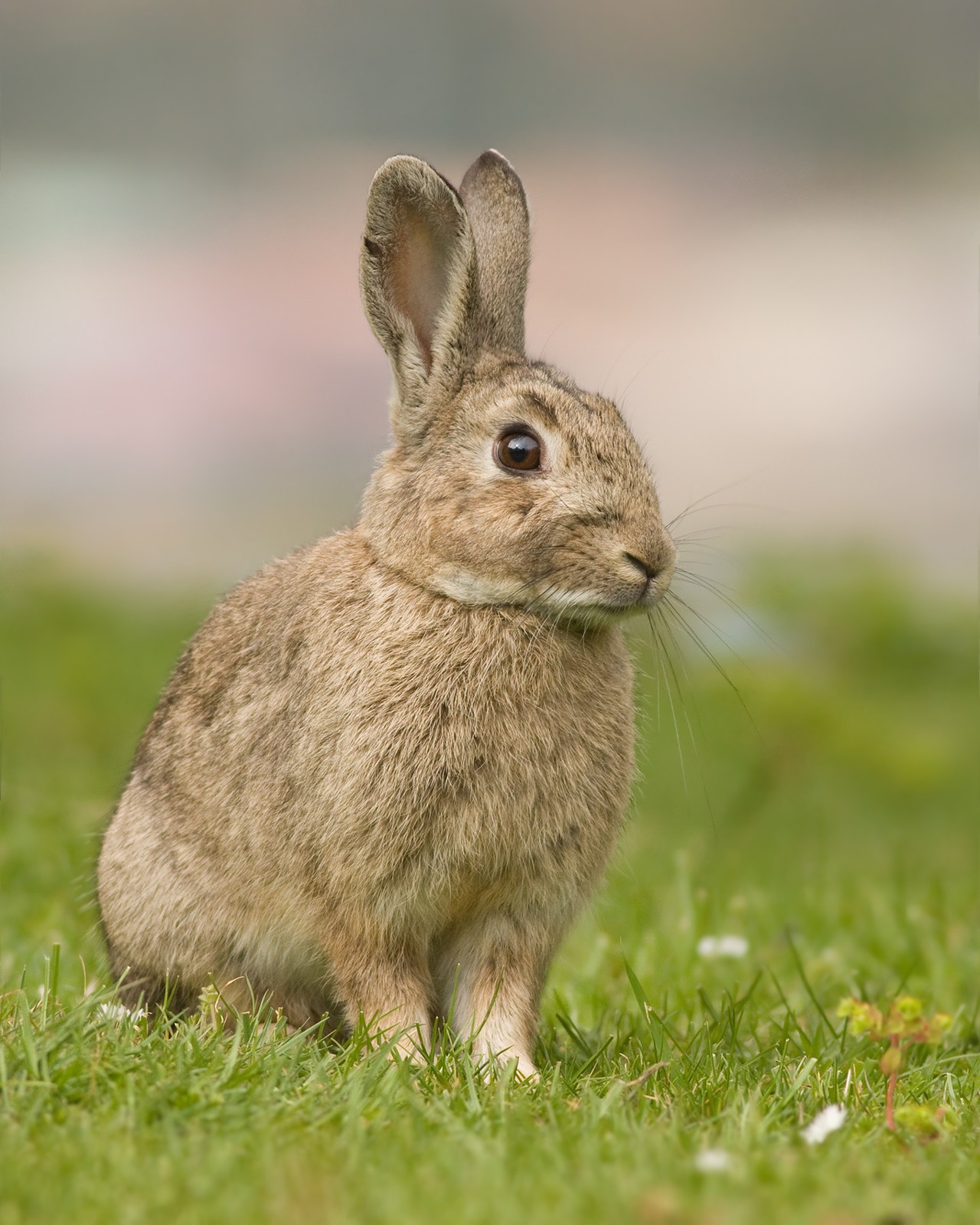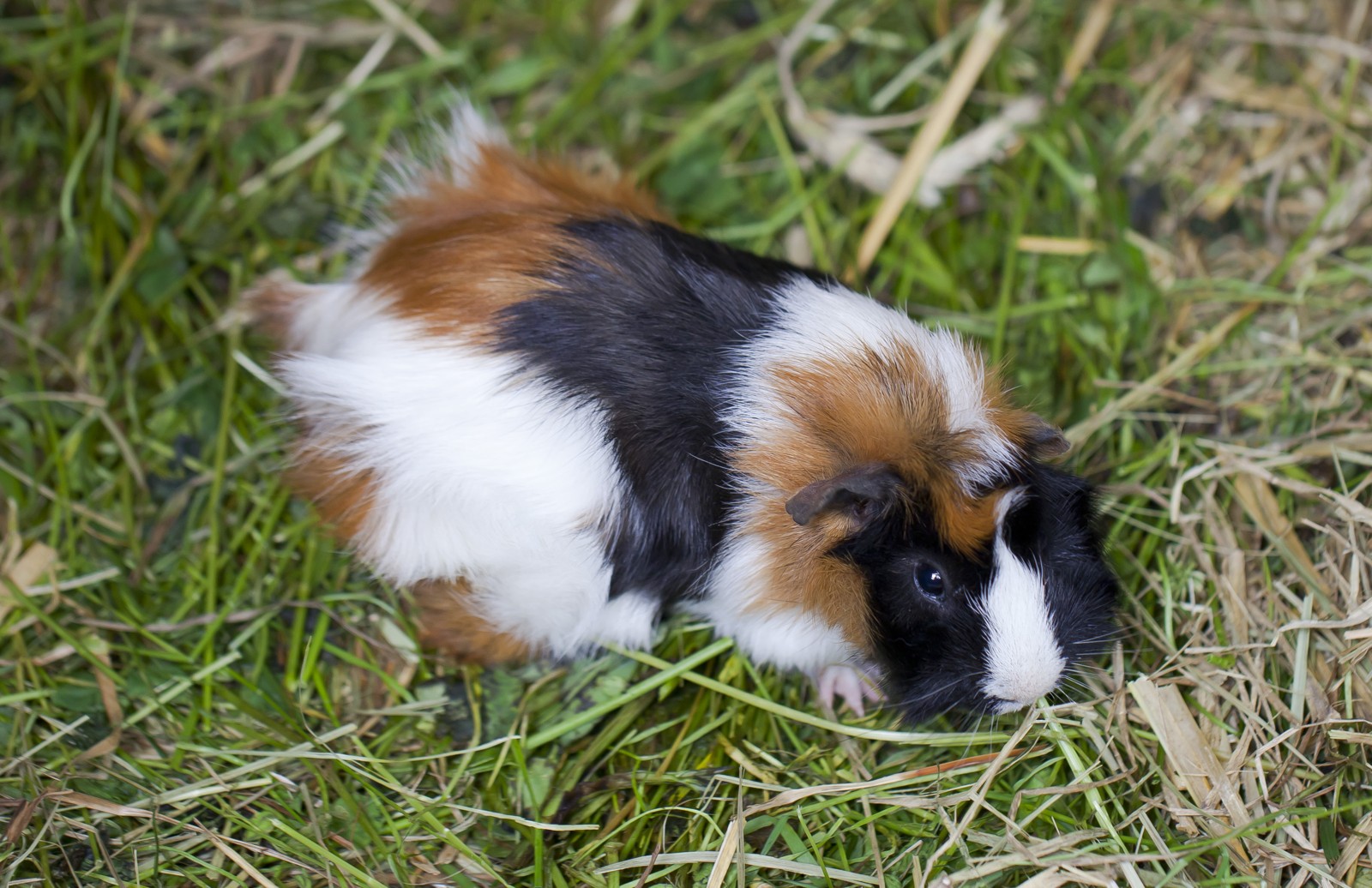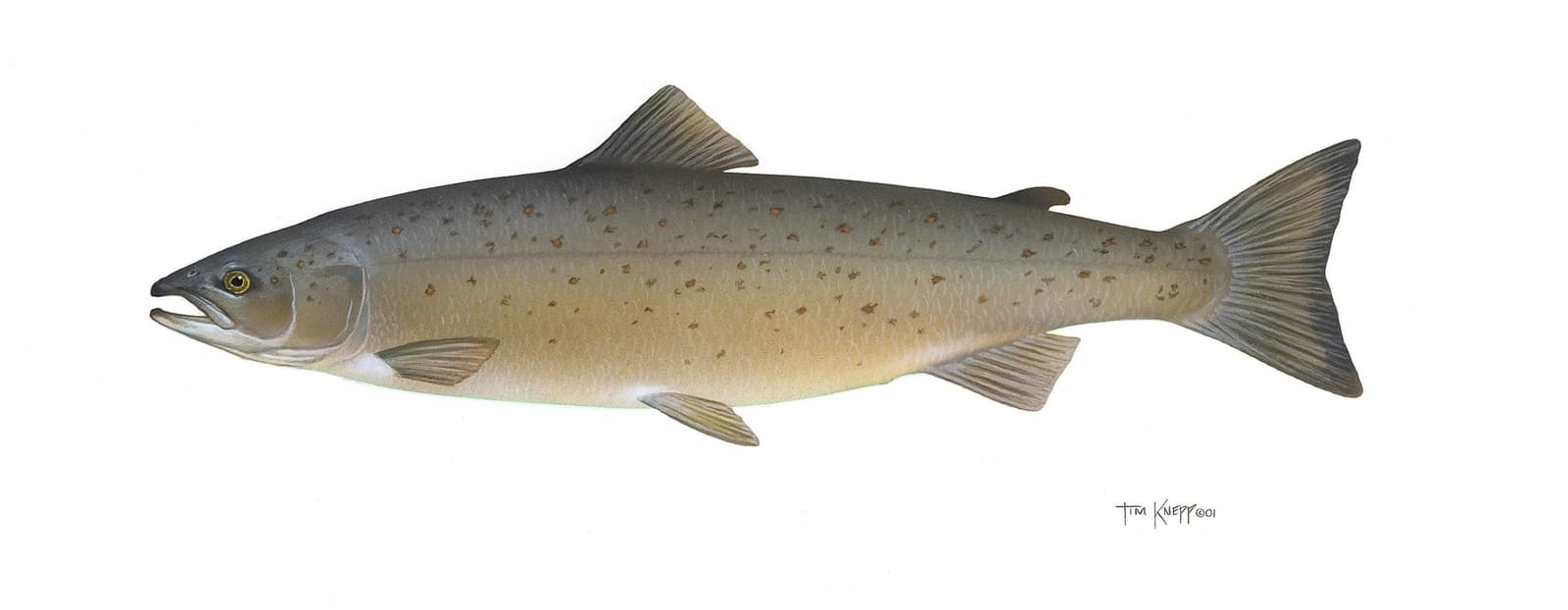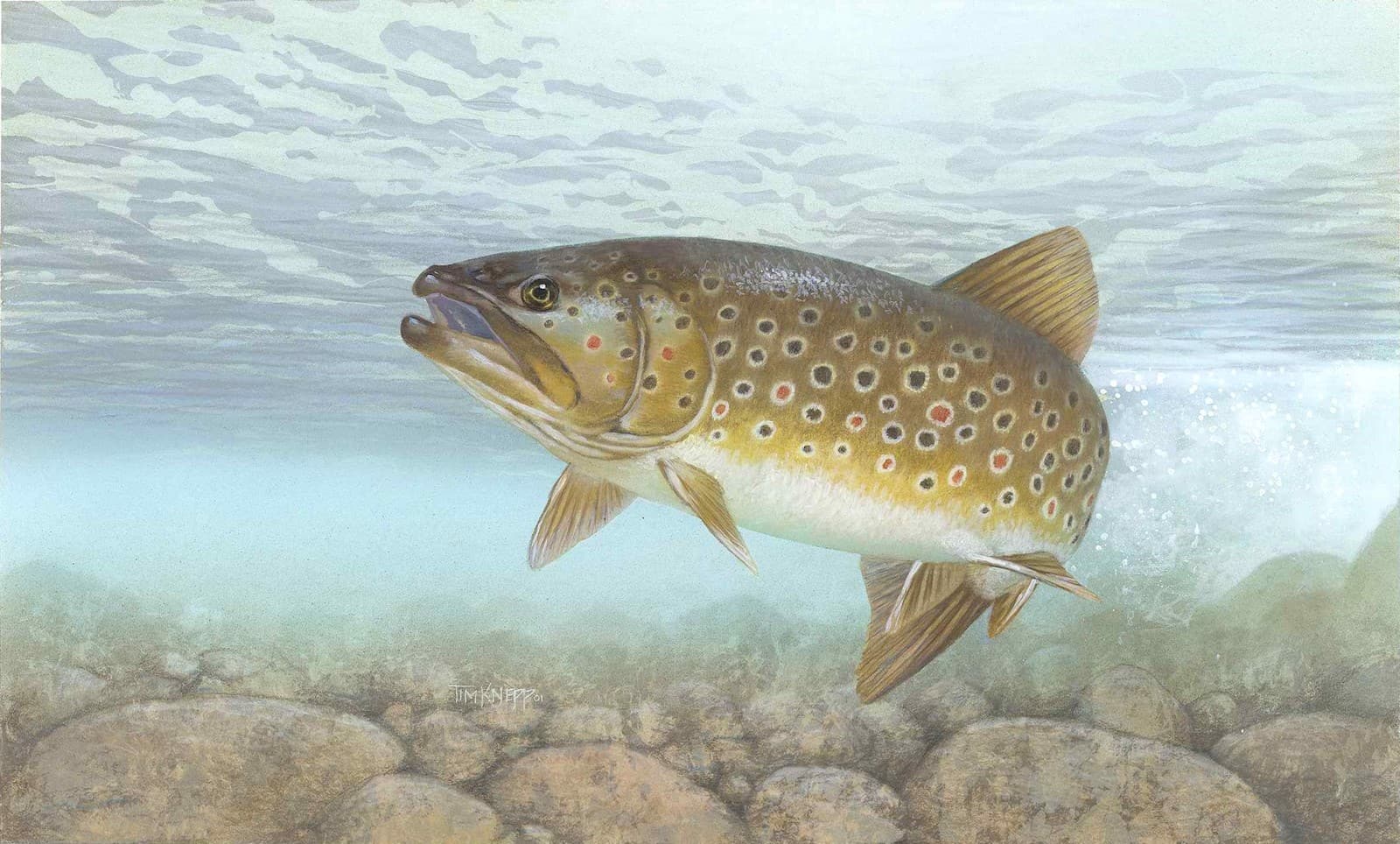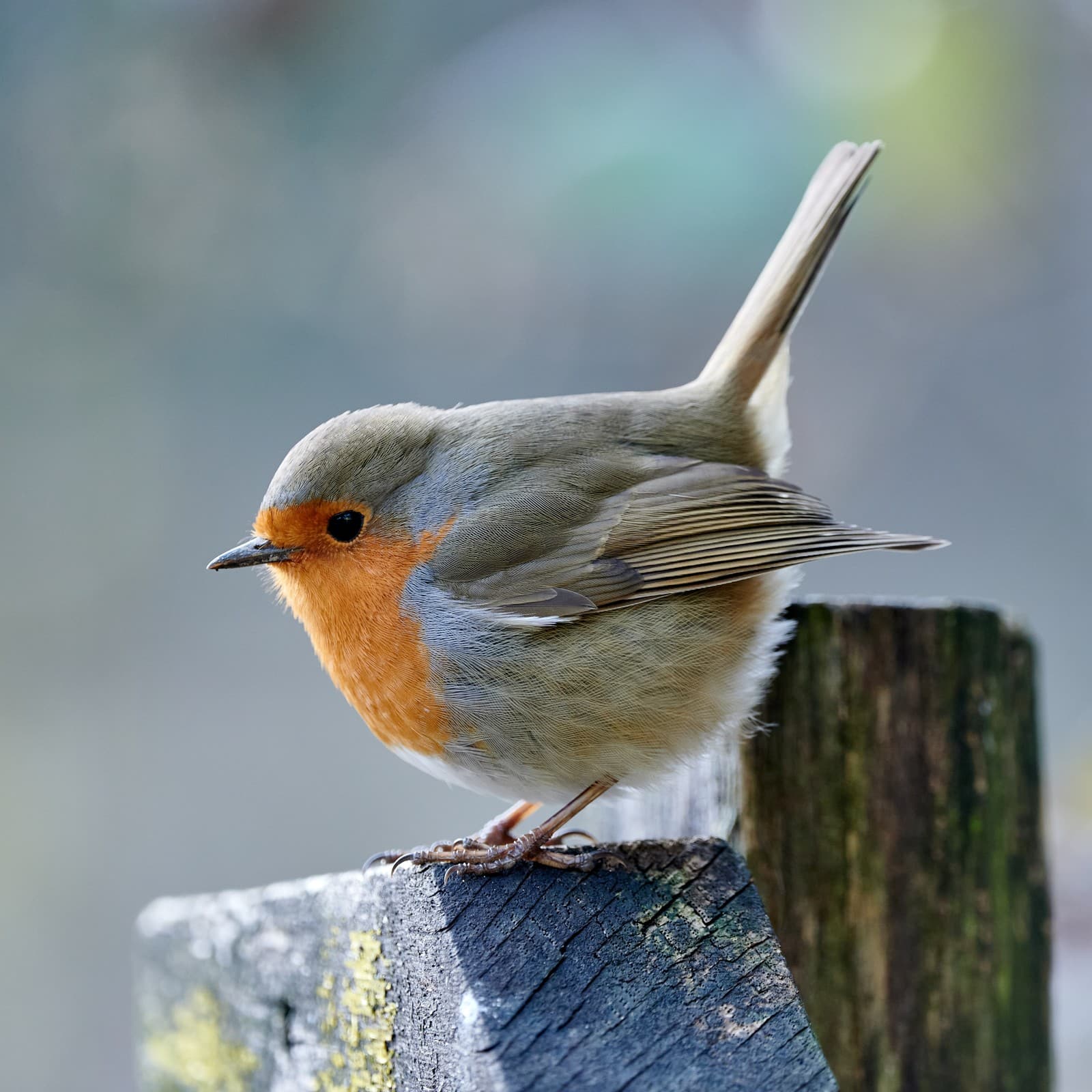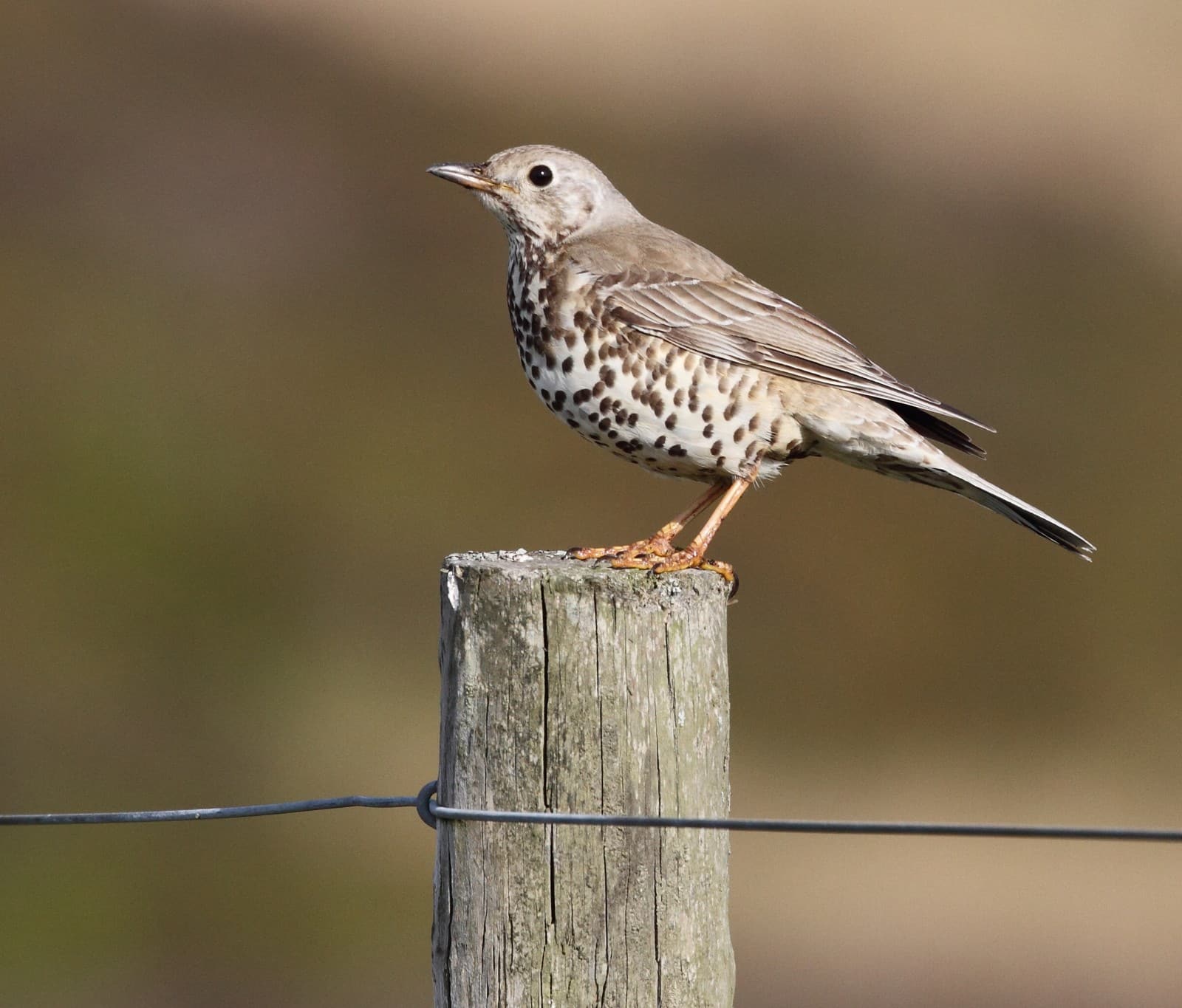Magpie vs Crow: A Complete Comparison
When comparing magpies vs crows, both species showcase remarkable intelligence as members of the corvid family, but they differ significantly in appearance and behavior. Magpies are instantly recognizable by their distinctive black and white plumage and long tail, measuring 17-24 inches (45-60 cm) in length, while crows are larger, entirely black birds reaching lengths of 16-20 inches (40-50 cm) with more robust builds.
These fascinating birds share their problem-solving abilities and complex social structures, but their hunting strategies, nesting habits, and territorial behaviors set them apart. Recent studies have shown that both species can recognize themselves in mirrors and use tools, placing them among the most intelligent birds in the world.
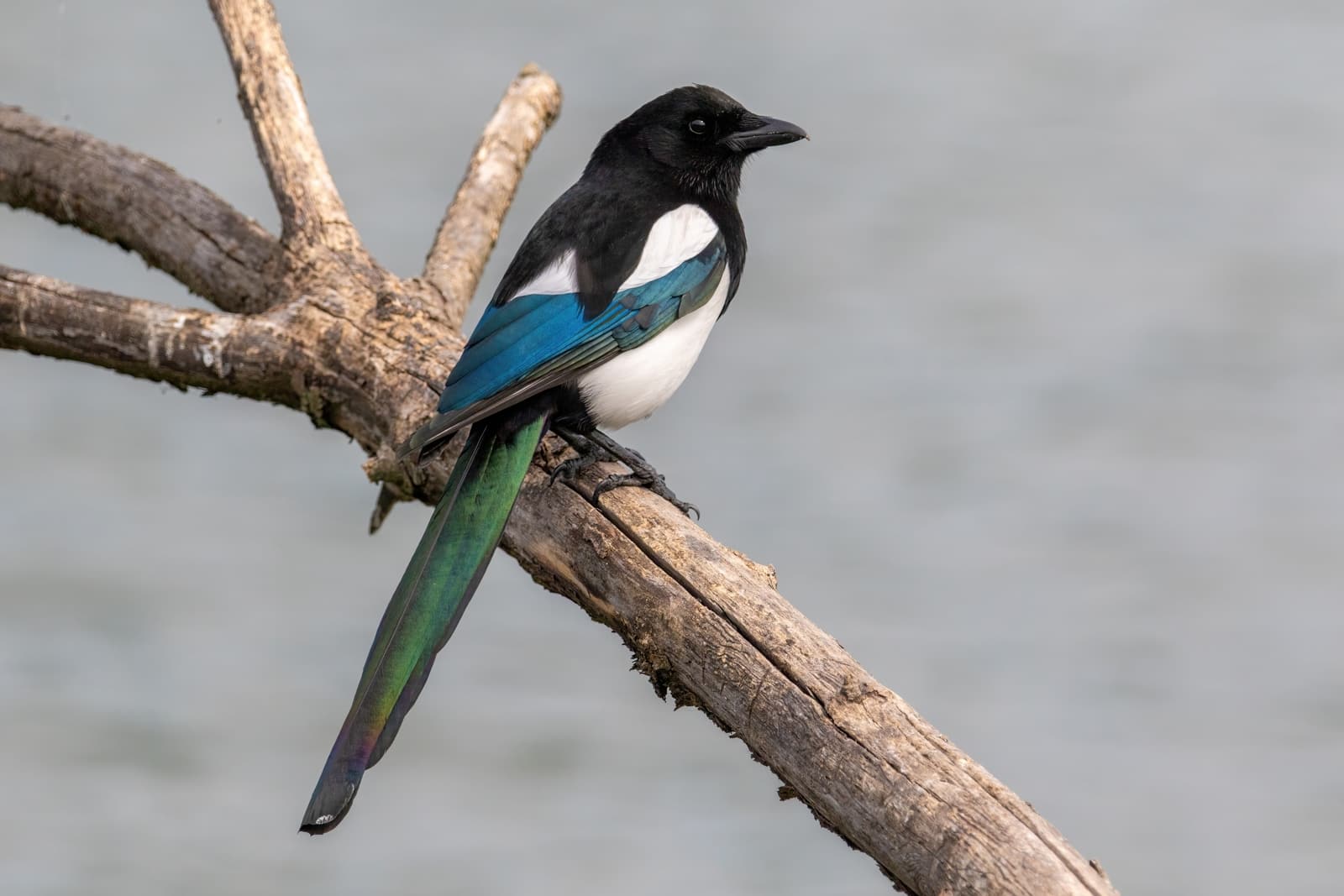
© Alexis Lours / CC BY 4.0
The Black-billed Magpie showcases the species’ distinctive black and white plumage pattern, with iridescent blue-green wing feathers catching the light. This striking coloration sets magpies apart from their crow cousins and makes them easily identifiable in urban and rural settings.
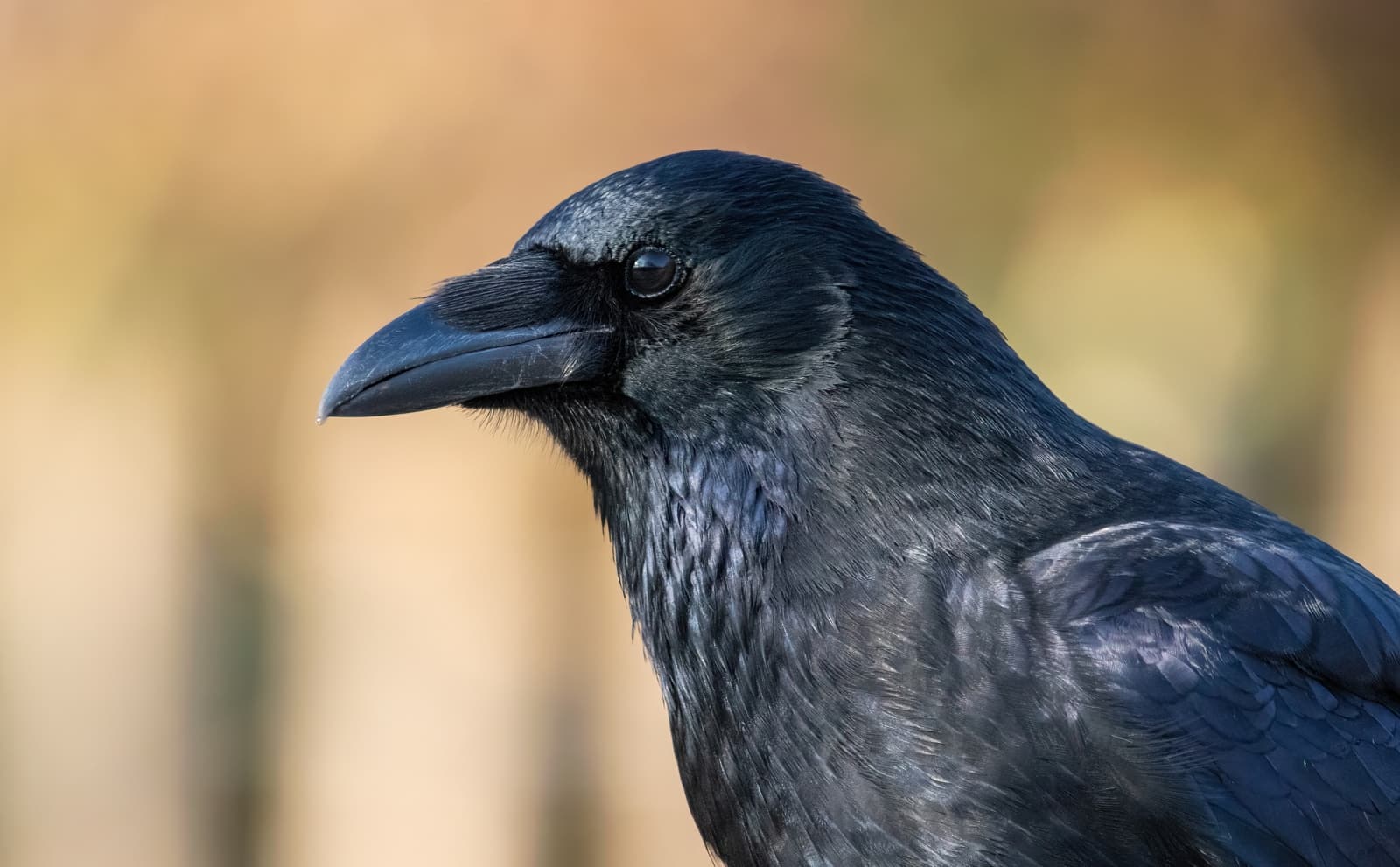
© Alexis Lours / CC BY 4.0
The crow’s all-black plumage exhibits subtle iridescent sheens, demonstrating the species’ elegant simplicity compared to the magpie’s flashier appearance. Note the robust beak structure, characteristic of these skilled foragers.
Key Physical Differences Between Magpies and Crows
| Feature | Magpie | Crow |
|---|---|---|
| Size | 17-24 inches (45-60 cm) | 16-20 inches (40-50 cm) |
| Weight | 5-7 oz (140-200 g) | 11-21 oz (316-600 g) |
| Plumage | Black and white with iridescent blue-green | All black with purple-blue sheen |
| Tail | Long, graduated tail (up to 12 inches) | Shorter, fan-shaped tail |
| Wingspan | 22-24 inches (56-61 cm) | 33-39 inches (85-100 cm) |
| Beak Shape | Shorter, straighter beak | Longer, curved beak |
Behavioral Differences and Intelligence
Social Structure
Magpies typically live in permanent pairs or small family groups, defending their territories year-round. Crows, meanwhile, form larger social groups called murders, sometimes gathering in communal roosts of thousands during winter months. Both species display complex social hierarchies, but their group dynamics differ significantly.
Nesting Habits
Magpies construct elaborate dome-shaped nests with roofs and side entrances, often taking up to 40 days to complete. These architectural marvels can reach 30 inches in diameter. Crows build simpler, open-cup nests typically placed in tall trees, taking only 1-2 weeks to construct.
Hunting and Foraging
While both species are opportunistic omnivores, their hunting strategies differ:
-
Magpies: More likely to hunt alone or in pairs
-
Prefer ground-based foraging
-
Specialized in catching small invertebrates
-
Known to follow larger animals to catch parasites
-
Crows: Hunt in groups more frequently
-
Utilize coordinated hunting strategies
-
More likely to prey on larger animals
-
Expert scavengers in urban environments
Intelligence and Problem-Solving
Recent studies have revealed fascinating insights into the cognitive abilities of both species:
- Tool Use
- Magpies: Create and modify tools for probing and extracting food
- Crows: Demonstrate advanced tool creation, including multi-step tool construction
- Self-Recognition
- Both species pass the mirror test
- Show awareness of self and others
- Demonstrate theory of mind capabilities
- Memory
- Both can remember human faces for extended periods
- Maintain complex mental maps of their territories
- Remember food cache locations for months
Who Would Win in a Confrontation?
In direct confrontations, crows typically have the advantage due to:
- Larger size and weight (nearly triple the weight of magpies)
- Greater strength and more robust build
- Tendency to mob in groups
- More aggressive territorial behavior
However, magpies compensate with:
- Superior maneuverability due to long tail
- Better ground-based agility
- Strong pair-bonding leading to cooperative defense
- Equally sharp intelligence in defensive strategies
Conservation Status and Human Interaction
Both species have adapted well to human presence, though their relationships with humans differ:
Magpies:
- Often considered garden pests
- Beneficial for insect control
- Population stable or increasing in most regions
- Protected in many countries
Crows:
- More urbanized
- Highly adaptable to city environments
- Growing populations in urban areas
- Sometimes considered nuisance species
Understanding these remarkable birds helps appreciate their unique roles in our ecosystems and their extraordinary cognitive abilities that rival those of many mammals.
